Mexico is known for its lively culture and long history, but its cities also show a fast-growing, modern side. What sets these places apart? They blend the legacy of ancient and colonial eras with today’s technology and lifestyles. These cities are not just getting bigger; they are changing how people live and work. They build strong economies, celebrate culture, and focus more on quality of life. From large megacities to rising industrial hubs, Mexico’s urban areas offer many choices for residents and visitors.
What Defines Mexico’s Modern Cities?
A modern Mexican city mixes rapid growth, technology, and respect for history. These places are growing in size and in how they work, telling a clear story of a country that looks ahead while keeping its roots.
Principal Characteristics of Urban Development
Urban growth in Mexico is fast and planned. Many cities are adding people quickly, which calls for more roads, transit, housing, and public services. You will see new glass towers, wider streets, and refreshed business districts. At the same time, many places protect parks and improve services to raise quality of life.
Mexico City is a good example. It blends Aztec foundations, colonial streets, and modern towers in one large urban fabric. Planning here is complex, but it aims to serve a very diverse population, with work on transport, housing, parks, and public spaces.
- New infrastructure alongside preserved historic areas
- More public transit and mobility options
- Growth in parks and green corridors
- Mixed-use districts with homes, shops, and offices

Role of Innovation and Technology
Innovation shapes many Mexican cities. These places attract high-tech investment and skilled talent. Guadalajara, often called “Mexico’s Silicon Valley,” shows this with strong electronics and tech sectors linked to local universities. Querétaro has become important in aerospace, drawing global firms and developing a strong skilled workforce.
Technology also plays a part in daily life. Smart systems, better internet, and connected services make city living more convenient. Startup scenes in Mexico City, Guadalajara, and Monterrey create new jobs and new products, helping the economy grow.
- Guadalajara: electronics, software, design
- Querétaro: aerospace, automotive
- Monterrey: advanced manufacturing, startups
Blending Historical Heritage with Modern Infrastructure
One major strength of these cities is how they mix old and new. It goes beyond saving landmarks; it means using historic buildings and sites as active parts of city life. Puebla shows this well with Baroque-era buildings and famous Talavera pottery alongside growing industry and services.
In many cities, ancient ruins and modern towers stand close together. Oaxaca City, with its UNESCO-listed center and strong indigenous culture, pairs historic value with modern services and a lively street life.
How Has Urban Growth Shaped Modern Mexico?
Urban growth has reshaped the country’s population, economy, and identity. Many small towns have grown into large cities, creating new chances for work and culture while also bringing new challenges.
Population Trends and Distribution
Over recent decades, Mexico’s cities have drawn a large share of the population. The 2020 census shows the top 100 cities hold about 46% of the country’s people. Cities like Tijuana and León grew by nearly 20% from 2010 to 2020, well above the national average. This brings energy and diversity but also adds pressure on housing, transit, and services.
Growth varies by place. While Mexico City keeps expanding, many mid-sized cities are also growing fast. People move from rural areas for better jobs and living standards, reshaping local economies and cultural life with a mix of traditions and new goals.
Economic Drivers Behind Urban Expansion
Many sectors power this growth, with manufacturing playing a key part. Monterrey, Puebla, and Querétaro lead in automotive, aerospace, and electronics. Their locations near the U.S. border or major highways, plus skilled labor and business-friendly rules, help industry thrive.
Tech and startups in Guadalajara and Mexico City also add momentum, building high-value jobs. Tourism adds another strong layer. Coastal cities like Cancun and Puerto Vallarta draw global visitors, while cultural centers like Oaxaca and San Miguel de Allende bring steady income through festivals, art, food, and history.
- Manufacturing: autos, aerospace, electronics
- Services: finance, logistics, education, health
- Tourism: beach destinations and cultural cities
- Technology: software, hardware, creative industries

Which Cities Represent Mexico’s Modern Face?
Mexico’s modern side shows up in many different cities. Each adds something unique to the country’s current identity, from tech and industry to arts and food.
| City | Key Strengths |
|---|---|
| Mexico City | Culture, business, large market, diverse industries |
| Guadalajara | Tech, electronics, creative scene |
| Monterrey | Industry, trade, education, outdoor access |
| Querétaro | Aerospace, automotive, research links |
| Puebla | Automotive, electronics, heritage |
| Tijuana | Binational trade, electronics, medical devices |
| Mérida | Quality of life, safety, green initiatives |
Mexico City: National Hub of Culture and Business
As the capital and largest city, Mexico City leads in culture, business, and government. With over 25 million people in the metro area, you find Aztec ruins, colonial streets, and modern high-rises side by side. The city has great food, entertainment, museums, and landmarks. Areas like Polanco, Roma Norte, and Condesa draw locals, expats, and remote workers. Strong infrastructure and a huge market keep Mexico City central to industries such as automotive, electronics, and food processing.
Guadalajara: Technology and Creative Industries Leader
Guadalajara, capital of Jalisco, carries the nickname “Mexico’s Silicon Valley.” It hosts electronics and high-tech manufacturing, backed by universities and research centers. The city also celebrates culture as the birthplace of mariachi and tequila. Its historic core features striking buildings like Guadalajara Cathedral, and the arts scene and outdoor life make it appealing for workers and families.
Monterrey: Industrial and Business Powerhouse
Monterrey, capital of Nuevo León, is a major center for steel, cement, and automotive production. It features modern spaces like the Macroplaza and renewed industrial zones like Fundidora Park. Near the U.S. border, it benefits from strong trade links. The city sits by the Sierra Madre Oriental mountains, offering outdoor activities along with city comforts, strong healthcare, and well-regarded schools.

Querétaro: Aerospace and Manufacturing Center
Querétaro mixes historic charm with new industry. It has grown into a hub for aerospace and automotive. Technology, skilled workers, and global firms drive growth. Along with industry, Querétaro offers safety, good healthcare, and a UNESCO-listed historic center. Tech parks and research centers show strong links between universities and companies.
Puebla: Automotive and Academic Innovation
Puebla pairs colonial beauty with active industry. Near Popocatépetl Volcano, it has growing automotive and electronics sectors. Location and new infrastructure bring both local and foreign investors. The city is famous for Talavera pottery and Baroque-style buildings. Puebla offers a good standard of living, a strong cultural scene, quality healthcare, and reasonable costs, which appeal to expats and remote workers.
Tijuana: Border City with Binational Influence
Tijuana sits on the U.S.-Mexico border and benefits from cross-border trade. It specializes in electronics, medical devices, and aerospace parts. Its economy gains from ties to U.S. markets and a multicultural setting. The city has improved services, healthcare, and schools. Arts, festivals, and its own history add to an active social and business setting, drawing many international firms.
Mérida: Emerging Urban Center in the Southeast
Mérida, capital of Yucatán, is now seen as a rising urban center. It earns high marks for safety, culture, and community. The city offers colonial architecture, museums, and a calm pace of life. Its economy is diversifying into agribusiness, textiles, and new tech fields. Mérida also invests in sustainability and renewable energy, attracting companies that care about the environment and steady growth.
Which Neighborhoods Best Represent Modern Urban Living in Mexico?
Some districts show modern urban life at a smaller scale, with current design, strong services, and active public spaces. These areas preview how cities across Mexico may grow in the future.
Santa Fe, Mexico City: Corporate and Residential Growth
Santa Fe is a planned district built mainly in the 1990s. It features glass towers, wide roads, and a business-focused layout. The area hosts many hotels and offices and is now adding more homes, especially new condos. It stands apart from the historic center and appeals to people who prefer clean lines, modern buildings, and organized streets.
Zapopan, Guadalajara: Tech and Lifestyle Hub
Next to Guadalajara, Zapopan has become a key tech and lifestyle area. It offers many parks, malls, and services. Many tech companies and universities are based here, drawing skilled workers. Zapopan balances modern roads and buildings with green spaces and a strong community feel, making it attractive to families and young professionals.
San Pedro Garza García, Monterrey: Affluence and Amenities
San Pedro Garza García is an upscale municipality in the Monterrey area. It is known for high living standards, modern infrastructure, and premium services. Here you find exclusive neighborhoods, strong schools, and high-end shopping and dining. Many business leaders and expats live in San Pedro, which adds to its global feel and focus on safety and quality of life.
What Makes Mexico’s Modern Cities Attractive for Living and Working?
People and companies are choosing these cities because they mix good living conditions with career options. You can enjoy culture while building a career in growing sectors.
Quality of Life and Services
Many cities offer strong healthcare, respected schools, and many ways to spend free time. You’ll find galleries, museums, music events, and great food. Mérida stands out for its calm pace, culture, and close-knit community. In big cities like Mexico City, some neighborhoods offer green areas, walkable streets, and access to top services.
Reliable internet and better public transit in some areas add to the appeal. Challenges remain, especially in very large metros, but many local governments and communities are working to improve daily life.
Safety and Urban Planning Initiatives
Safety matters to anyone moving to a new place, and several Mexican cities show progress here. Mérida often ranks as one of the safest cities in the country. Planning also helps: clean public spaces, good lighting, and consistent services make communities feel safer. While some large cities have trouble spots, many neighborhoods are very secure thanks to targeted planning and active local groups.
Cost of Living and Real Estate Options
Compared to many developed countries, living costs in Mexican cities can be quite affordable. While Mexico City and major tourist spots can be pricier, they often still cost less than similar places in the U.S. or Europe. Housing options range from modern downtown apartments to classic homes in quieter areas. Puebla and Guanajuato, for example, offer lower rents and everyday costs, which helps residents live comfortably and access services that might be expensive elsewhere.
Access to Healthcare and Education
Good healthcare and education draw many families and individuals. Mexico has a strong mix of public and private care, and many cities have private hospitals and clinics that offer high-quality service at lower prices than in some other countries. Many expats value the easy access to doctors and personal attention. For families, major cities have international schools and respected universities, giving students solid choices from early years to higher education.
How Do Modern Mexican Cities Drive the Nation’s Economy?
Modern cities power Mexico’s growth. They add value across industry, services, tech, and tourism, helping the country connect with global markets.
Industrial and Manufacturing Sectors
Manufacturing is a core economic force in many cities. Monterrey, Querétaro, and Puebla lead in autos, aerospace, and electronics. Proximity to the U.S. border helps trade and supply chains. Industrial parks, clear rules, and a skilled labor pool attract foreign investors. This base creates jobs and pushes new technology forward, adding a large share to national output.
Technology and Startup Ecosystems
Tech is growing fast. Guadalajara’s electronics and software sectors build on university talent and local labs. Mexico City and Monterrey also push this trend with venture capital and a strong startup culture. Links between schools and companies help new ideas take shape, creating new firms and digital services that reach beyond Mexico.
Role of Tourism and Cultural Events
Tourism supports many urban economies, not only in beach towns. Mexico City and Guadalajara bring in millions of visitors with museums, food, and historic sites. Oaxaca and San Miguel de Allende attract travelers with festivals, art, and indigenous traditions. This activity supports hotels, restaurants, and transport, creating jobs and investment. Hosting fairs, expos, and cultural events also raises each city’s global profile.
How Do Modern Cities in Mexico Embrace Sustainability and Green Spaces?
As cities grow, many leaders and communities are placing more focus on sustainability and parks. These steps aim to lift daily life and deal with environmental challenges.
Urban Parks and Environmental Projects
Cities are investing in parks and environmental work. Mexico City’s Bosque de Chapultepec is over twice the size of New York’s Central Park and includes museums, a zoo, and a lake. Monterrey’s Fundidora Park, once a steel mill, is now a cultural and recreation area. Projects often include tree planting, better water use, and air quality programs, showing care for the environment.

Smart City Solutions and Public Transit
Many places use smart tools and better transit to cut energy use and traffic. Expanded metro, BRT, and bus networks help reduce car dependence and emissions. Mérida invests in clean energy and sustainable planning, pointing to a model that other cities can follow. The goal is cleaner air, smoother travel, and better public services.
Integrating Nature with Urban Life
Cities are also bringing nature closer to daily life through green corridors, rooftop gardens, and protected natural areas. Monterrey, set among mountain ridges like Cerro de la Silla, gives residents quick access to trails and views. More greenery cools neighborhoods, improves air, and offers places to relax and exercise.
Future Trends for Mexico’s Modern Cities
Mexico’s cities will keep changing, shaped by global shifts and local plans. Expect steady growth and new ways to connect people, jobs, and services.
Predictions for Urban Development
Future projects will build more connected and resilient cities. Expect more smart systems to manage energy and water, better public services, and stronger broadband. Mixed-use areas with homes, offices, and parks will grow, helping walkability and local business. Sustainability will guide new projects, with more green streets, renewable energy, and climate action. Growth will spread beyond megacities to mid-sized cities across the country.
Emergence of New Economic Sectors
Manufacturing will stay strong, while new fields expand. Tech and innovation will move into AI, biotech, and advanced digital work. Creative fields-design, media, and entertainment-will gain space, drawing on local culture and talent. Green tech and eco-tourism also look set for growth as companies and travelers seek cleaner choices.
Increasing Global Influence
Mexican cities are gaining a bigger role on the world stage. Strong economies, active culture, and good living conditions attract investors, visitors, and skilled workers. Mexico City will keep serving as a global business and culture hub. Guadalajara will draw more tech talent and firms. Monterrey will deepen its place in global supply chains. With better infrastructure, more innovation, and higher livability, these cities will pull in more attention and investment worldwide.



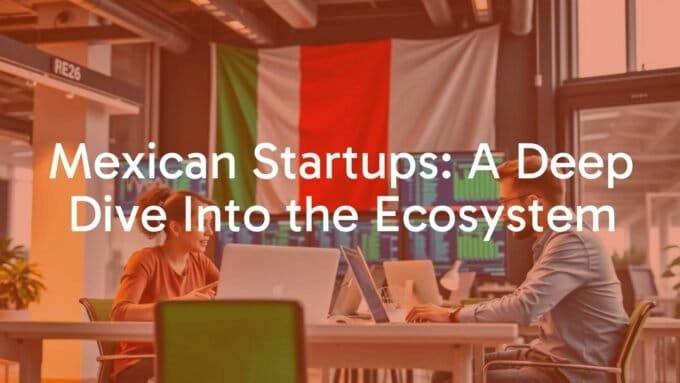



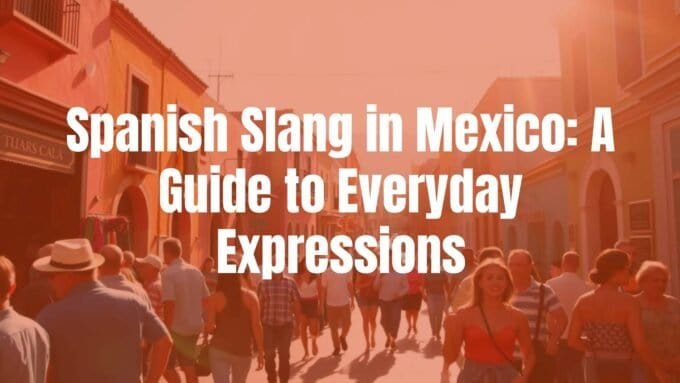
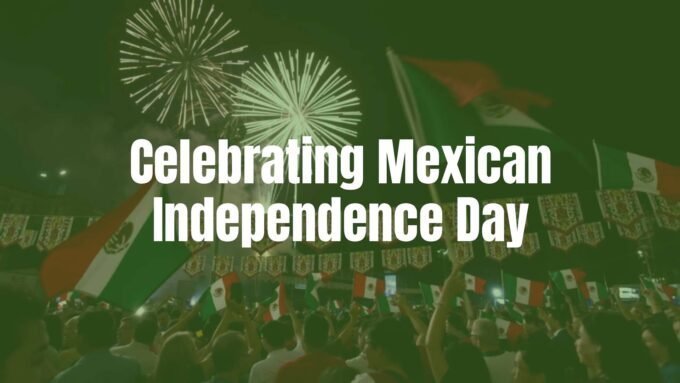
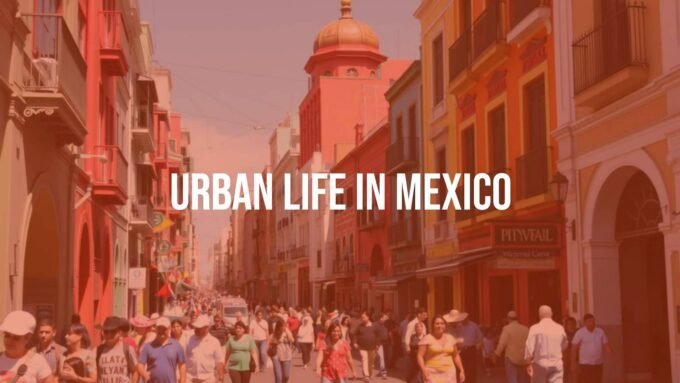


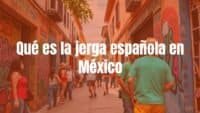
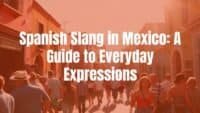
Leave a comment